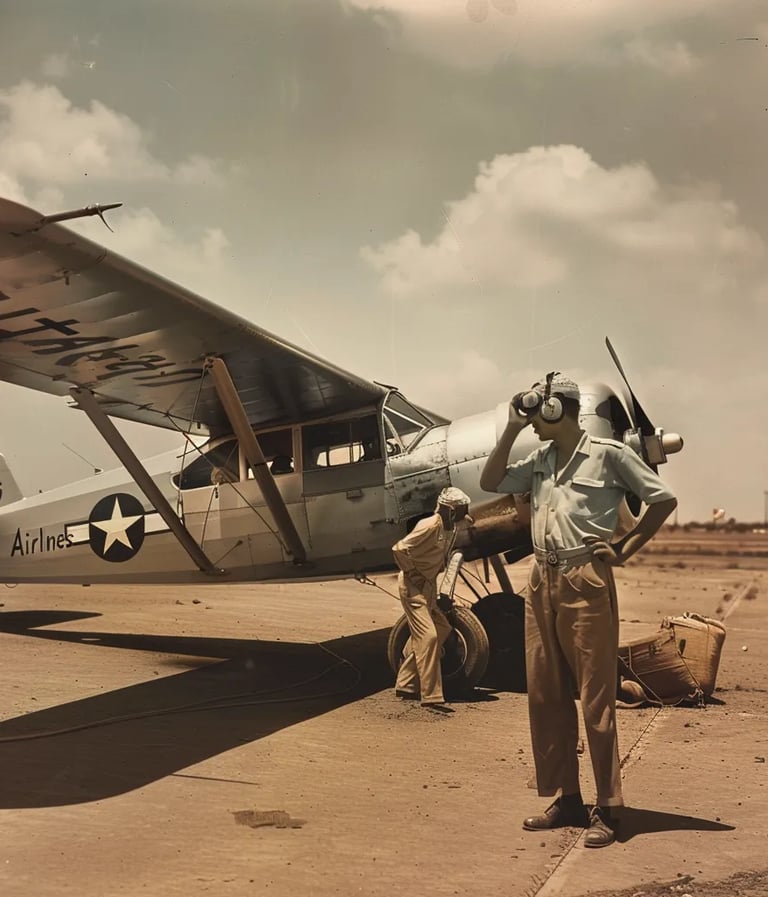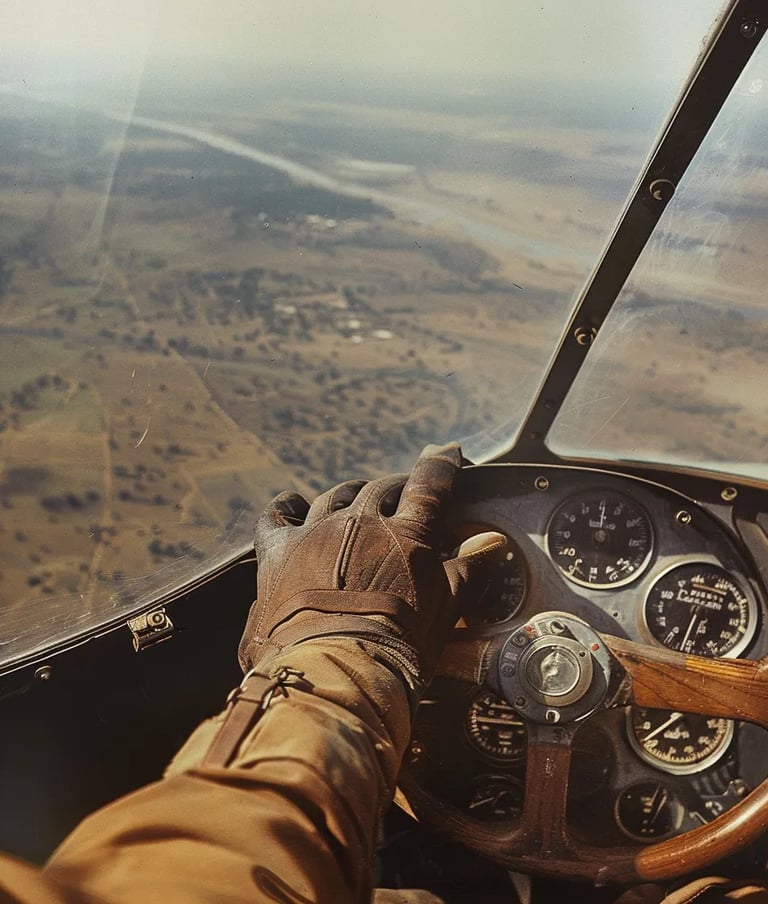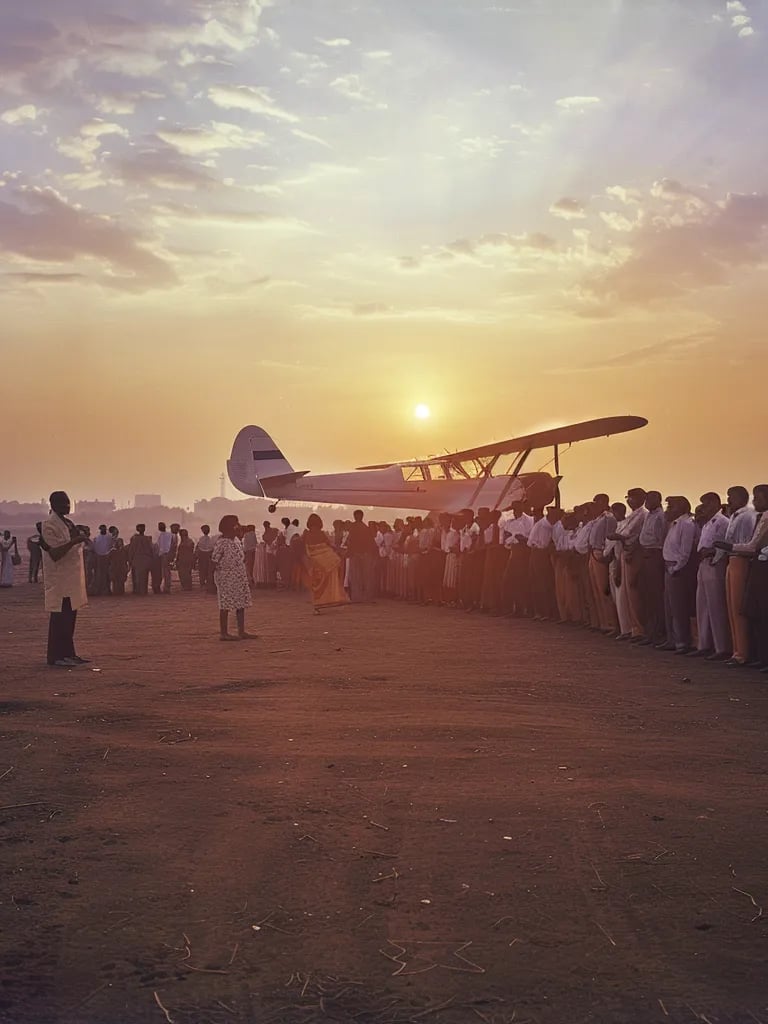Jean-François Pilâtre de Rozier made history by ascending in a hot air balloon designed by the Montgolfier brothers. This four-minute tethered flight in Paris was the first recorded human flight, proving the feasibility of balloon travel. It marked the beginning of aeronautics and inspired further innovations in aviation, paving the way for future air transportation and exploration.


1783 – First Manned Balloon Flight
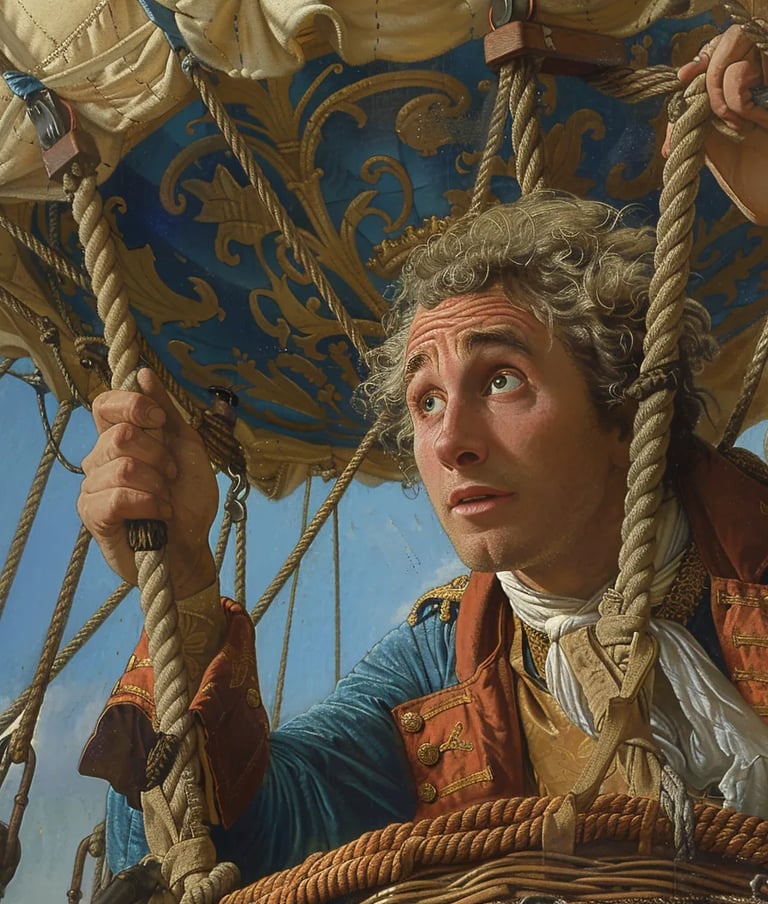



After his defeat at Waterloo, Napoleon Bonaparte was exiled to Saint Helena, a remote island in the South Atlantic. Isolated from Europe, he spent his final years dictating memoirs and defending his legacy. His exile was closely monitored by the British, and he died in 1821. His time there remains a subject of historical and political analysis.

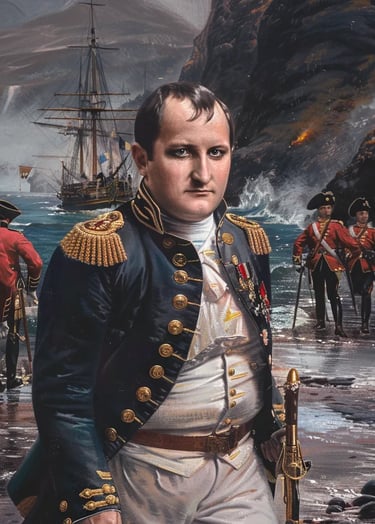
1815 – Napoleon Begins Exile on Saint Helena




London investigators received the infamous "From Hell" letter, allegedly written by Jack the Ripper. The letter contained gruesome details and was accompanied by part of a human kidney, intensifying fear and speculation. The Whitechapel murders, attributed to the unidentified serial killer, remain one of the greatest unsolved mysteries, contributing to public fascination with criminal investigations and forensic science.
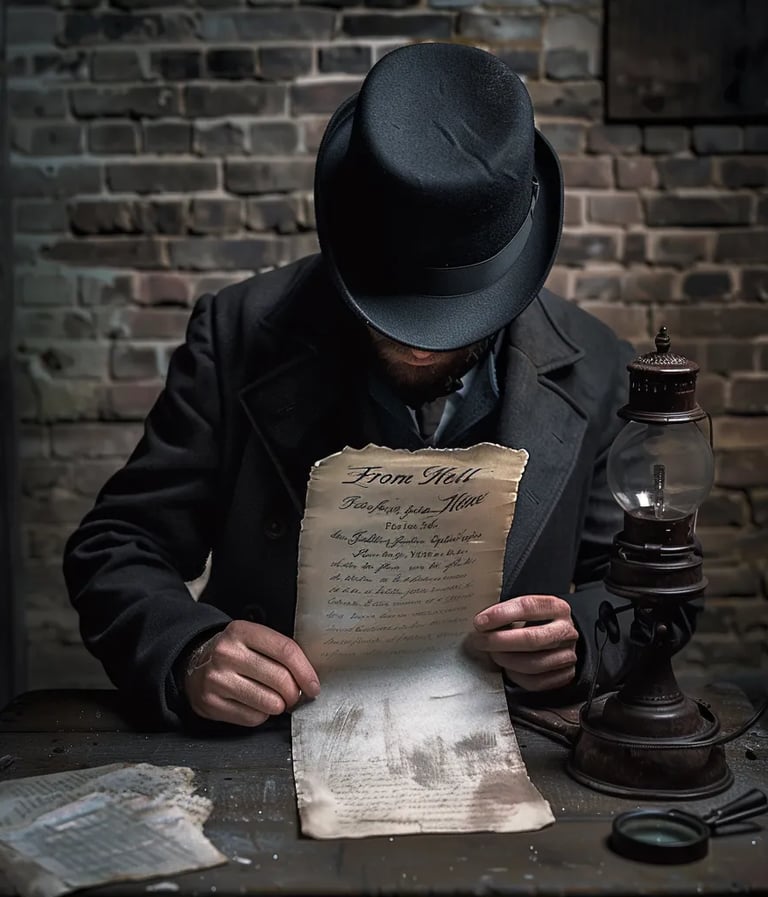

1888 – "From Hell" Letter Received


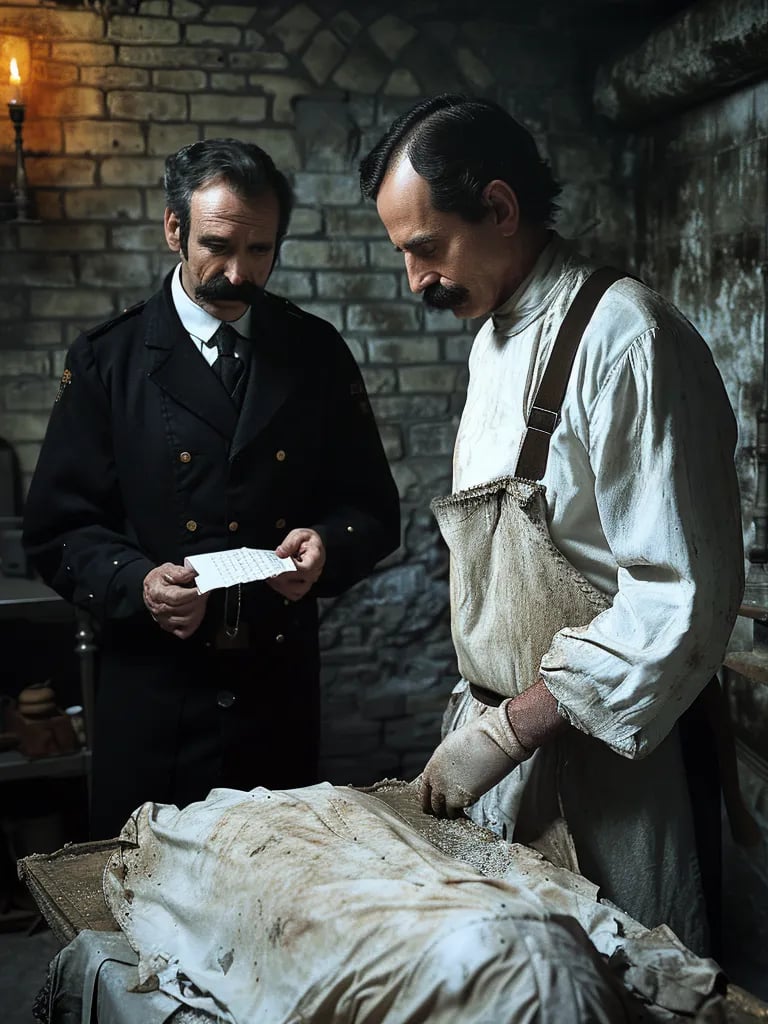

Journalist Walter Wellman attempted the first transatlantic flight in the airship America. Departing from New Jersey, the flight covered about 1,000 miles before engine failure forced an emergency landing in the Atlantic. The crew was rescued, but the mission proved the challenges of early aviation. Despite its failure, it laid the groundwork for future long-distance air travel.
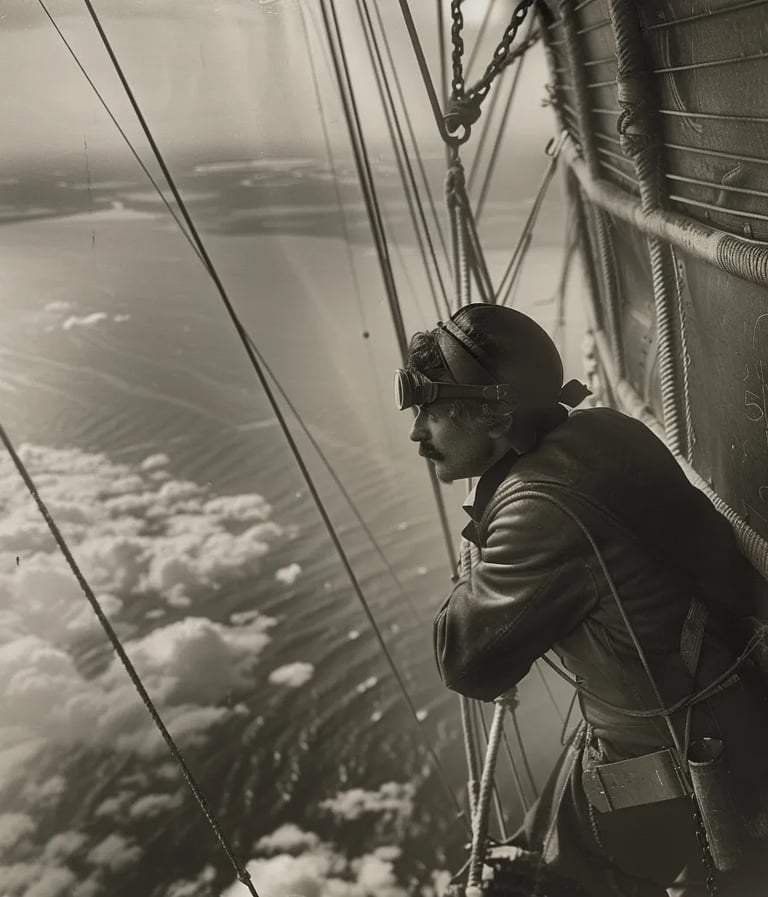

1910 – First Attempted Transatlantic Flight
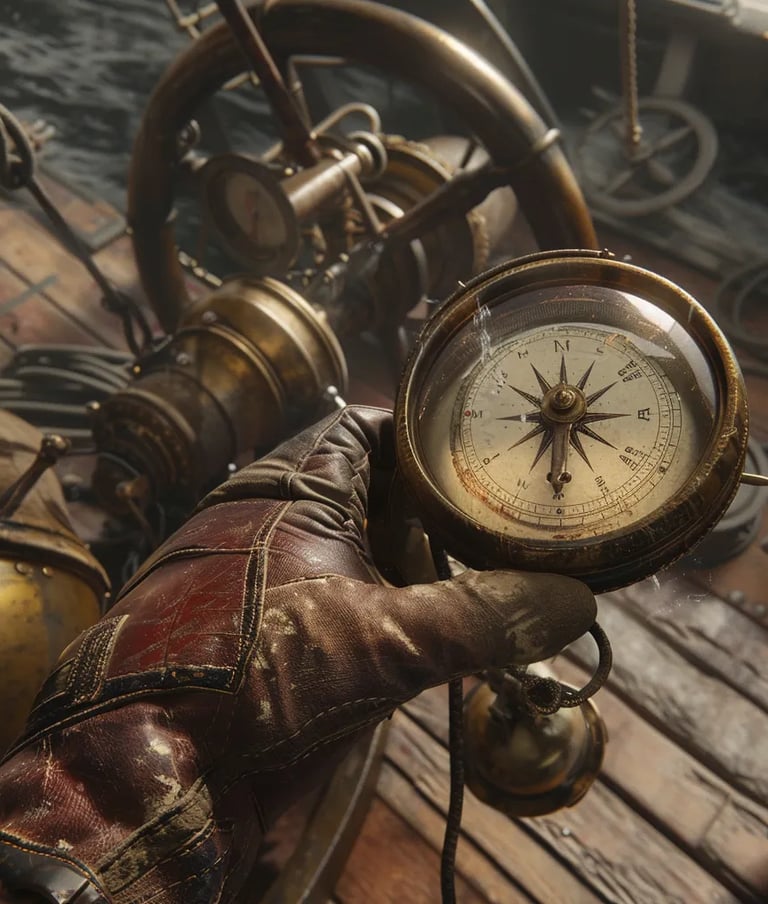

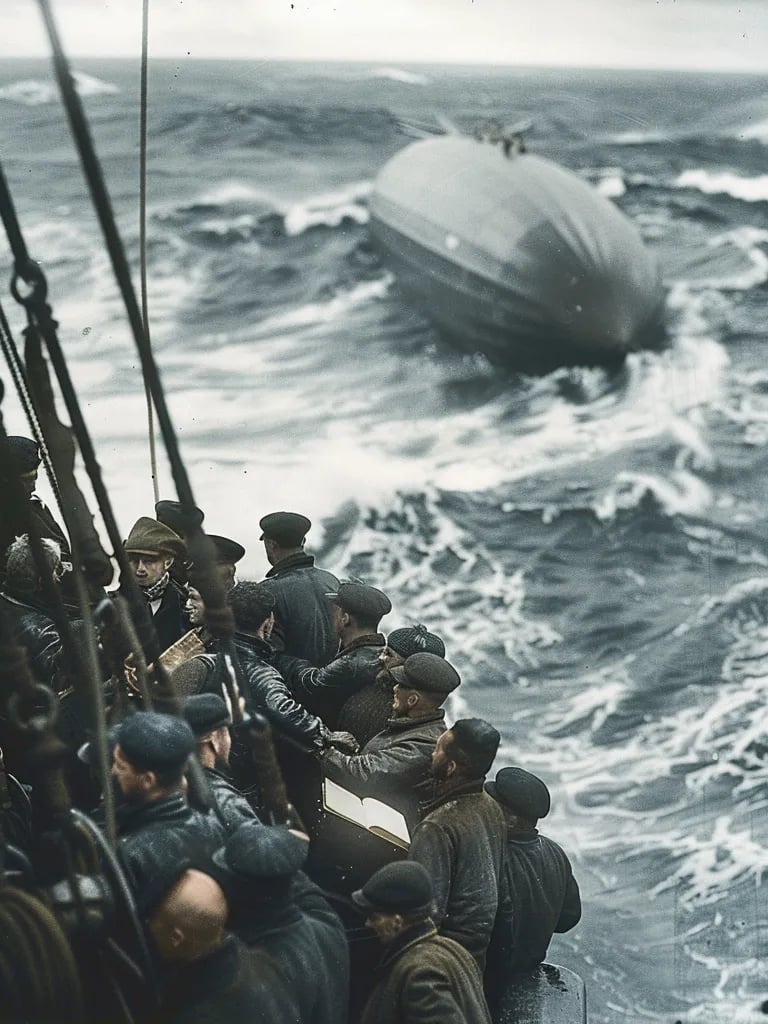

J.R.D. Tata launched Tata Airlines, which would later become Air India. The inaugural flight, piloted by Tata himself, carried mail between Karachi, Ahmedabad, and Bombay. The airline expanded over the years, playing a crucial role in India's aviation industry. Eventually, it became India's national carrier, contributing to the country’s commercial aviation sector and international connectivity.
